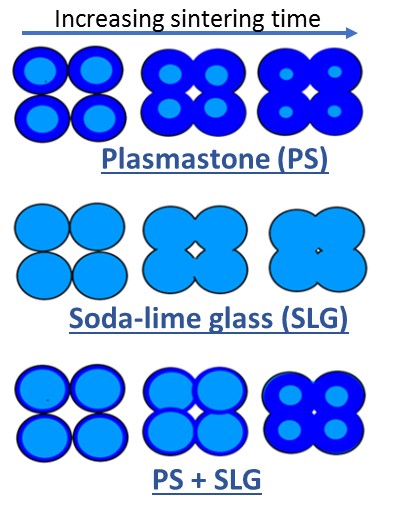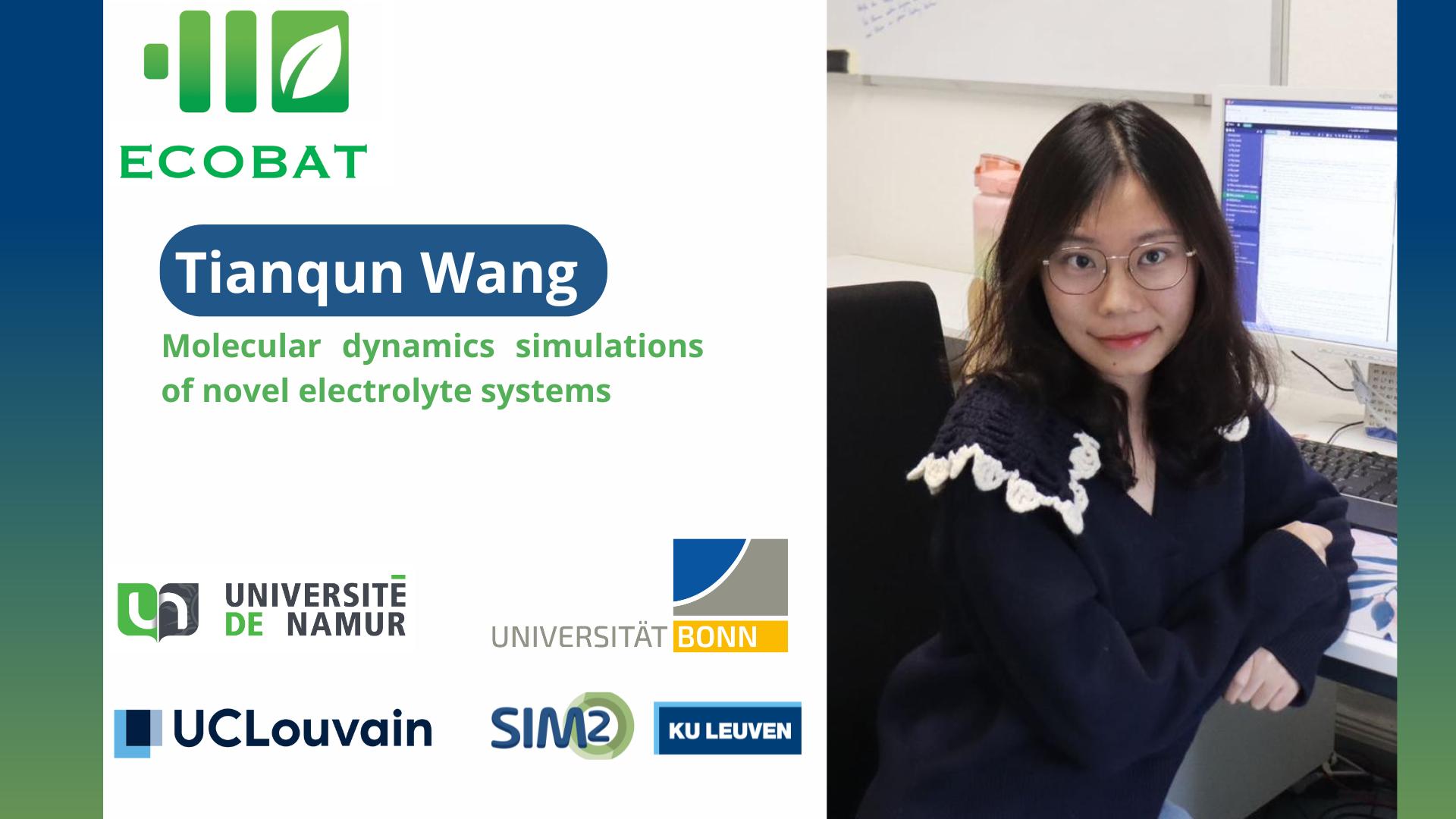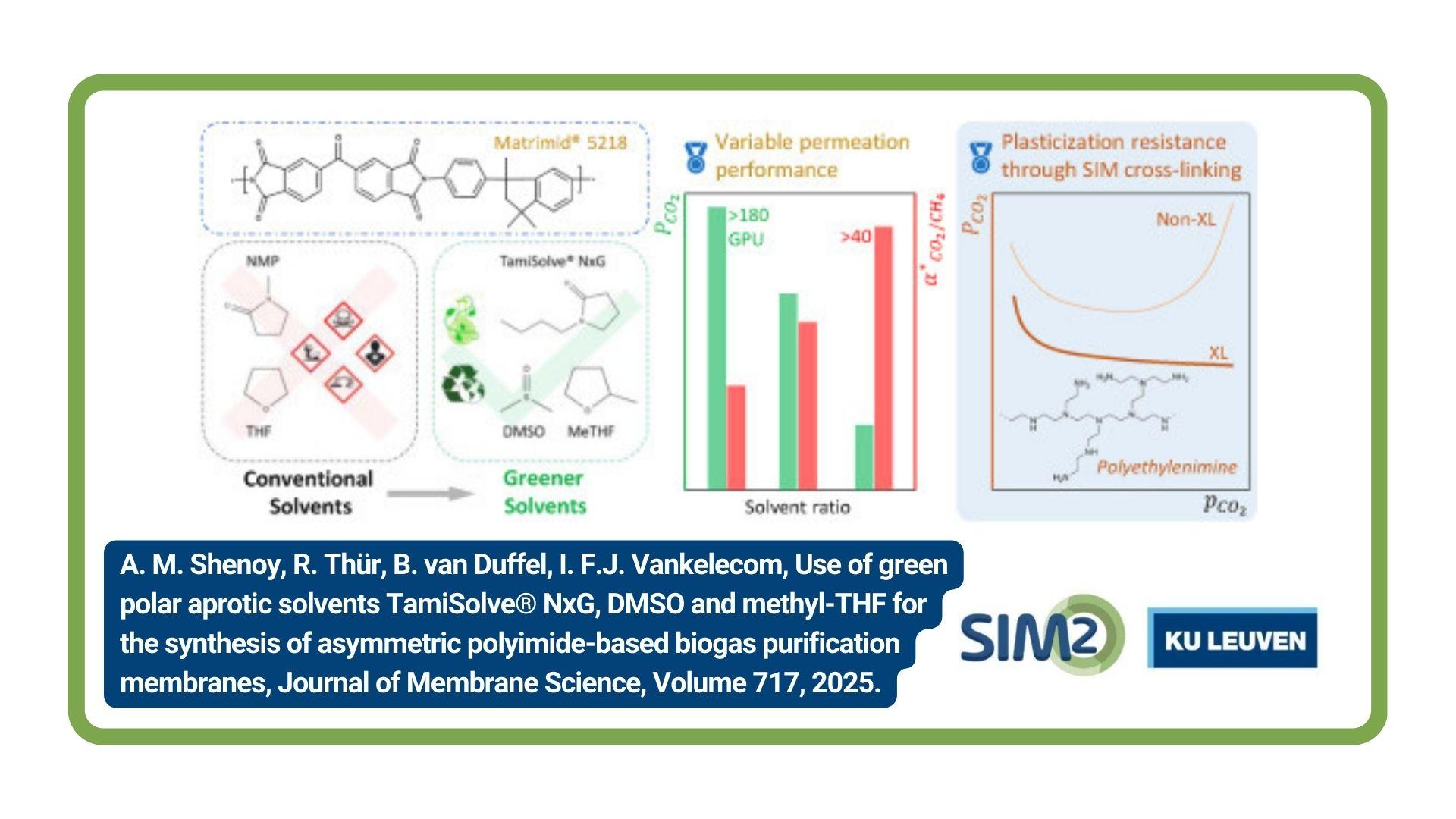Europe contains between 150,000 to 500,000 landfill sites, from which 90% could be “non-sanitary”. Remediation actions will soon need to take place in order to prevent any environmental and health problem that these non-sanitary landfills could cause. Enhanced landfill mining (ELFM) could be a solution to manage these landfills and also to reclaim land for society benefits. In ex-situ ELFM, after the excavation of the landfill, valuable resources such as metals can be efficiently recovered from it. Thereafter, the waste is used as a solid recovered fuel (SRF) to produce energy by clean technologies such as plasma gasification.
Plasma gasification also allows to recover part of metals from the waste and produces a glass named Plasmastone (rich in SiO2, CaO, Al2O3 and Fe2O3). This glass does not cause any harm to environment and can be used as a raw material to produce new products such as building materials. In this way, landfilling of plasmastone is avoided, while its upcycling can bring more economical benefits to ELFM projects.
At University of Padova, we have been working in ways to upcycle plasmastone, e.g. into foams. Glass foams are light, strong and good acoustic and thermal insulators. In addition, these materials are flame resistant, non-flammable and not toxic, which make them a much safer option for building insulation than the polymeric foams.
In the paper “Porous glass-ceramics from alkali activation and sinter-crystallization of mixtures of waste glass and residues from plasma processing of municipal solid waste” we talk about the upcycling of Plasmastone into foams. This paper has been developed at University of Padova in collaboration with Montanuniversität and was published this year in Journal of Cleaner Production.

In this study, Plasmastone foams were developed by a method similar to the making of a “homemade cappuccino”: instead of frothing milk, we used Plasmastone powder once suspended and activated in a weak alkaline solution. The activation involves the partial dissolution of the starting material and the progressive formation of C-S-H gels at the surface. Air bubbles are incorporated by means of intensive mechanical stirring, with the help of a surfactant. When the mixing stops, the glass particles remain glued by the surface gels, impeding the collapse of bubbles. We finally dry the foamed gel and fire the dried material at temperatures from 800 °C up to 1000 °C.
However, the densification of Plasmastone during firing can be affected due to the precipitation of crystals, as this glass residue is easily crystallized. In order to increase its densification (and hence obtain a stronger foam), glasses such as soda-lime glass (from bottles) or boro-alumino-silicate glass (from pharmaceutical vials) can be mixed with Plasmastone (see Figure 1). In our research, the addition of 30 wt% boro-alumino-silicate glass enabled to produce a material with high porosity (75 vol%), strong (compressive strength exceeding 2 MPa) and with low leaching of heavy metals (within the regulation). Due to these properties, these foams could be applied as panels for acoustic and thermal insulation in buildings.
About the Author:

Patricia is our ESR12. Her PhD project has the purpose to develop glass-ceramic materials with novel functionalities made with materials originated from the processing and conversion of the landfill waste, which are delivered by Work Package 2. The outputs from her PhD will be the production of building materials such as dense and porous alkali activated materials with a low carbon footprint and chemically stable. You can contact her at patricia.rabelomonich@studenti.unipd.it. |





